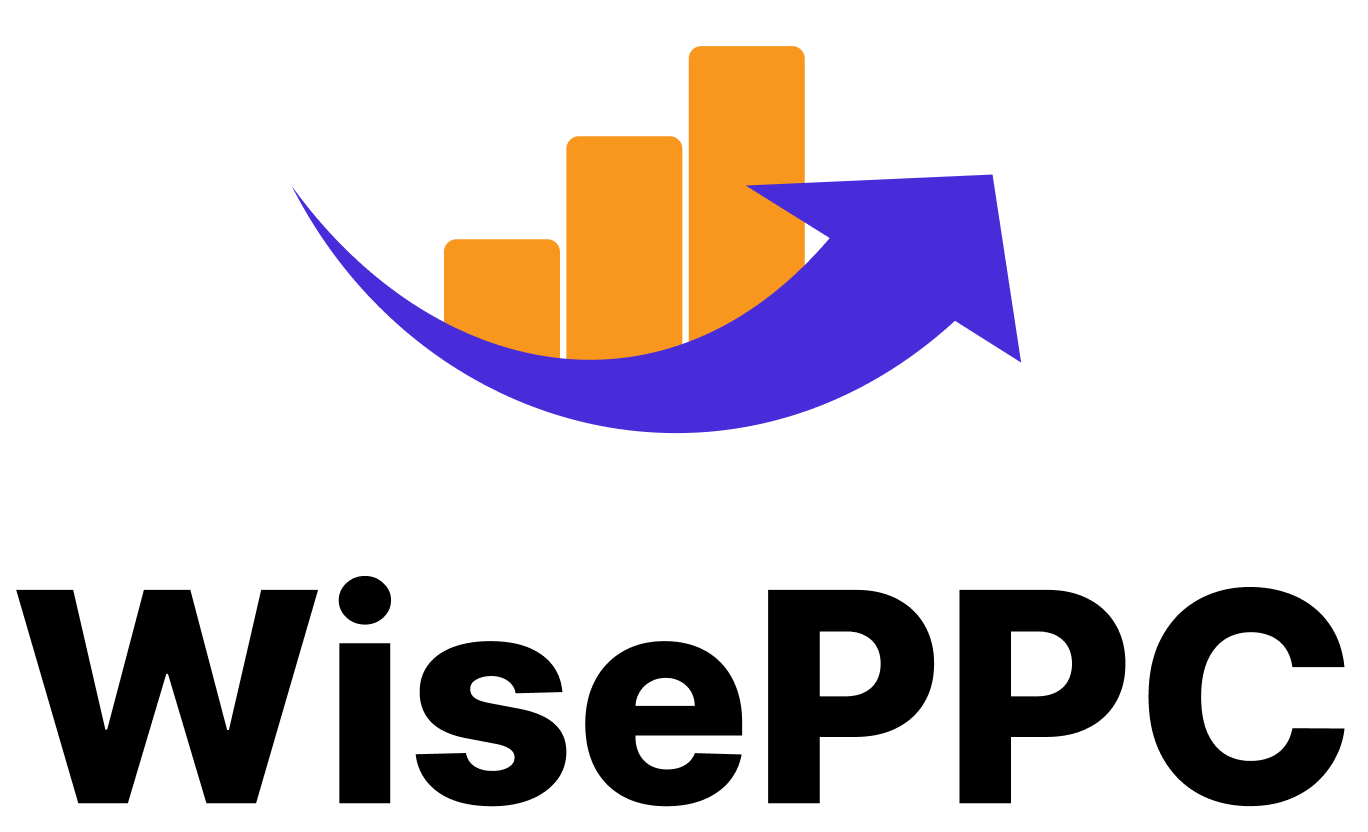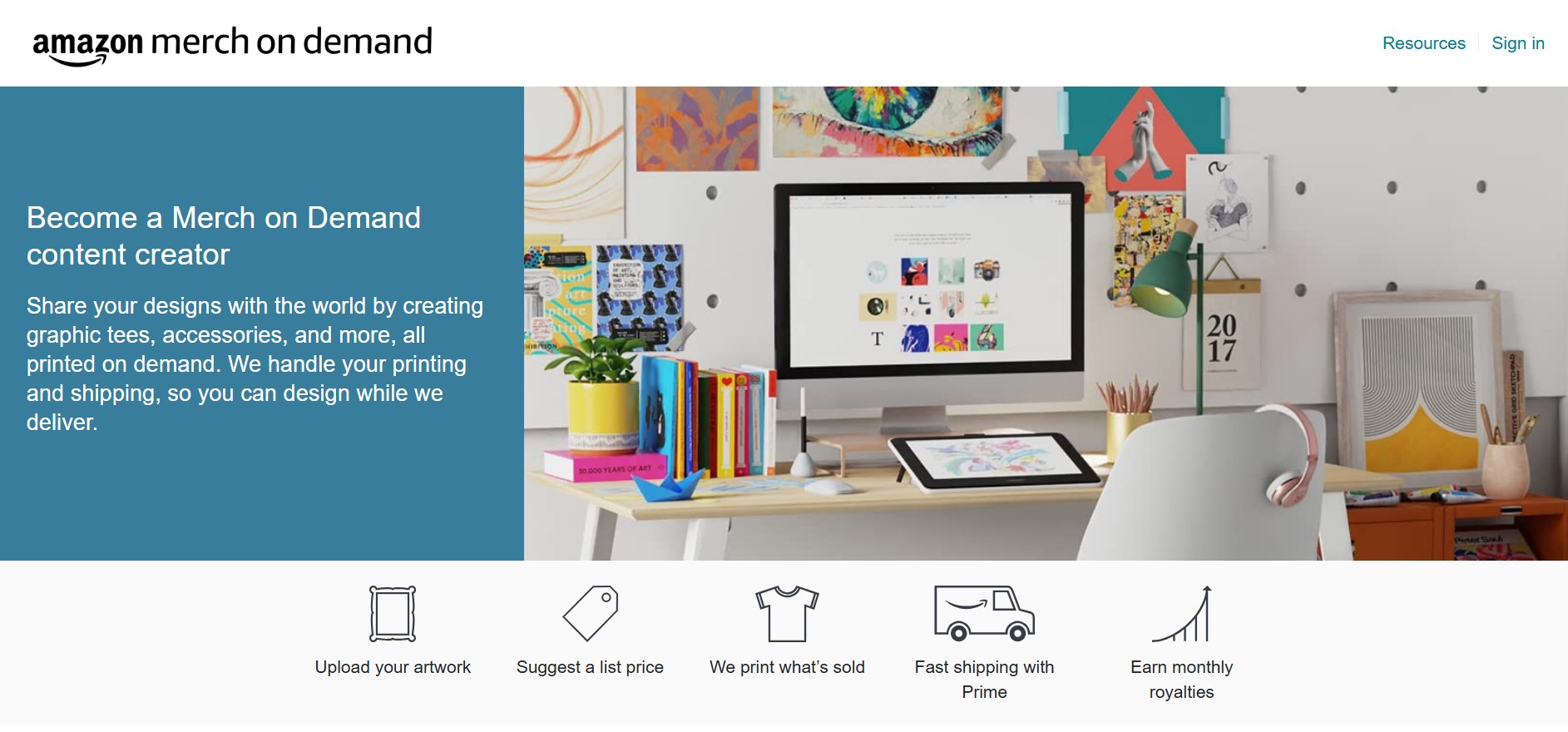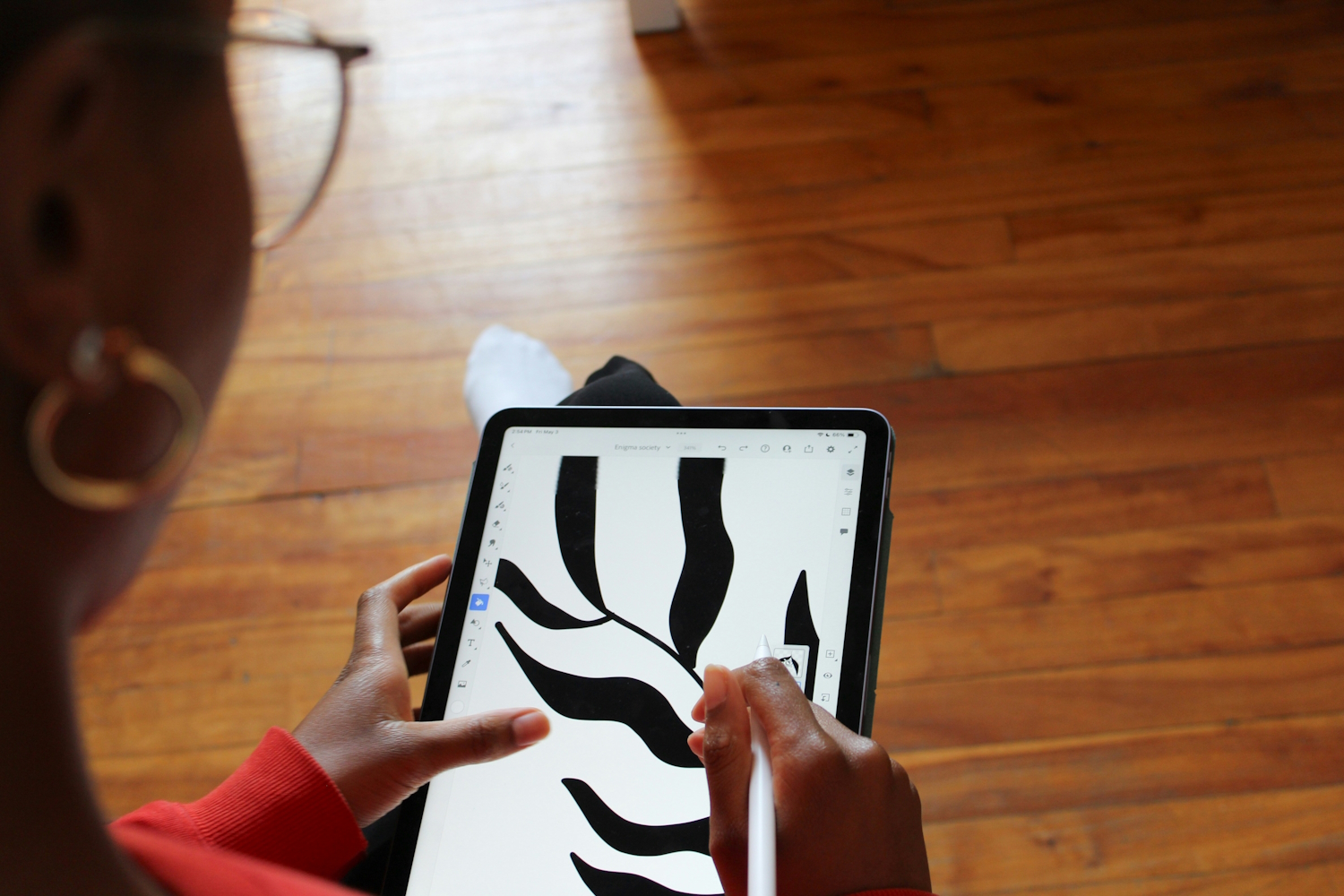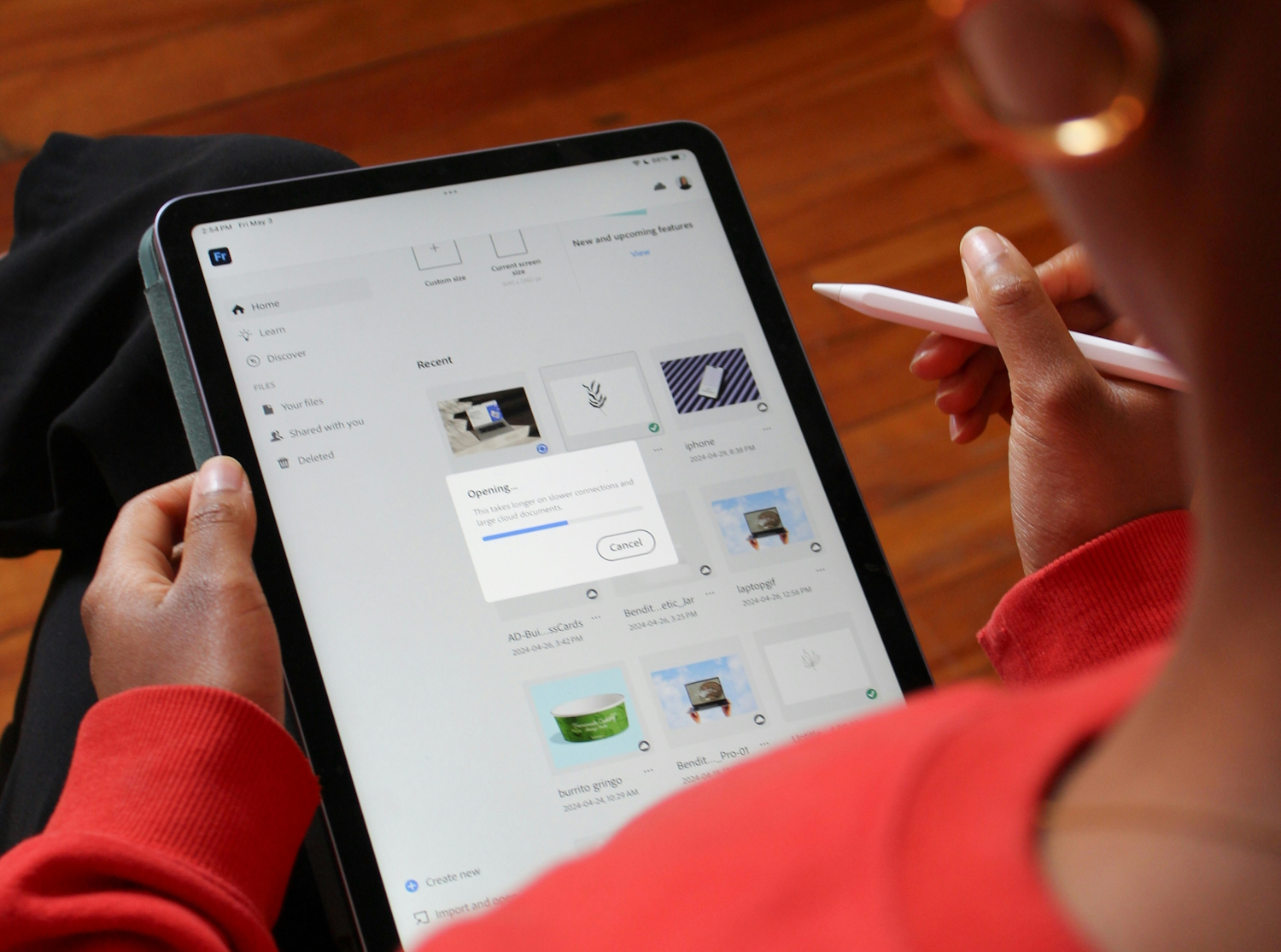Amazon Merch on Demand: A Practical Guide to Selling Without Inventory
Selling custom t-shirts online sounds like a hassle, unless Amazon’s doing the heavy lifting for you. That’s exactly what Merch on Demand is built for. You upload a design, pick a product, set your price, and Amazon handles the rest: printing, shipping, even customer support.
Whether you’re an artist, a side hustler, or just curious about print-on-demand, this platform gives you a low-risk way to test ideas and build a passive income stream, without touching inventory or worrying about fulfillment. In this guide, we’ll walk through how it works, how to get approved, and how to actually make money doing it.
What Makes Amazon Merch on Demand Different?
At its core, Amazon Merch on Demand is a print-on-demand service. You upload original artwork, choose the products you want to sell (like t-shirts or hoodies), and set your price. When a customer buys, Amazon prints and ships the item – no upfront inventory, no fulfillment headaches.
This model is ideal for creators, side hustlers, or businesses who want to test designs before investing heavily. You’re not locked into bulk orders or shipping logistics. Amazon handles that part.
But unlike some other POD platforms, Merch on Demand gives you access to Amazon’s massive customer base. That’s the key. It’s less about building your own store, and more about plugging into the biggest marketplace in the world.
How to Get In: The Application Process
Here’s something not everyone tells you up front: Merch on Demand is invite-only. You can’t just sign up and start uploading shirts. You’ll need to apply and wait for approval, which could take a few weeks or even months.
You don’t need to be a famous brand or designer, but your application should show you’re serious. When filling out the invite request:
- Explain how you plan to use the platform.
- Mention if you’ve sold merch before (even on Etsy, Redbubble, etc.).
- Include your marketing plans, if any (social media, niche audience, etc.).
- Make sure your tax and payment info is complete and correct.
Amazon wants quality sellers who won’t flood the system with low-effort designs or copyright issues. Be professional. Treat it like a job application.
What You Can Sell (And Why Simpler Is Often Better)
Amazon currently supports several product types:
- T-shirts (standard and premium).
- Hoodies and sweatshirts.
- Long sleeves and tank tops.
- Phone cases.
- PopSockets.
- Throw pillows.
T-shirts dominate for a reason. They’re easy to design for, versatile, and appeal to broad and niche markets alike. But don’t ignore other products – adding variety gives your design more chances to succeed.
That said, more products doesn’t mean better results. Focus on what fits your audience, not just what fills your catalog.
Uploading a Design: Step-by-Step Without the Guesswork
Getting your first product live on Amazon Merch on Demand isn’t as technical as it sounds. Once you’re in, the process feels a lot like filling out a detailed form, with a little creative direction sprinkled in. Here’s how it goes:
Start With the Right Artwork
Before anything else, you’ll need your design. Amazon is particular about file format and quality, and for good reason. Blurry or stretched images won’t just look bad, they’ll likely get rejected.
For standard t-shirts, stick to PNG files with a transparent background, set at 300 DPI, and ideally sized at 4500 x 5400 pixels. For other products like phone cases or PopSockets, check Amazon’s specific design templates and size requirements to ensure compatibility. That might sound technical, but most design tools (like Canva or Photoshop) let you set this up in a few clicks.
Pro tip: if you’re resizing an existing graphic, avoid stretching it just to fit. A clean, centered image is always better than a pixelated mess.
Choose Your Products and Color Variants
Once your design is ready, you’ll pick the products it will appear on. T-shirts are the default, but you’ll also see options like hoodies, long sleeves, tank tops, and even phone accessories.
After that, you’ll choose color options for each product. This part might seem minor, but it matters. The wrong background color can make your artwork disappear. Aim for contrast – light graphics on dark shirts, and vice versa, and choose shades that actually work with your style. Just because you love bright orange doesn’t mean your customers will.
Pricing Isn’t Guesswork
Now comes the part where people often freeze: setting the price. Amazon gives you a base cost for each item. That’s what they charge to print, pack, and ship the product. You set the retail price, and whatever’s left after production is your royalty.
As an example, if Amazon’s base cost for a shirt is $13.50 and you price it at $21.99, you’ll earn roughly $5.10. Not bad, but remember, if you price too high, you might price yourself out of the market. You can always adjust later, but start with something competitive.
Writing a Listing That Gets Found (and Bought)
Your listing is your pitch, and no, it’s not the place to get overly poetic. Your title should clearly describe what the product is and who it’s for. Avoid generic phrases like “funny shirt” and instead go for specifics like “Retro Hiking Shirt for Nature Lovers.”
You’ll also write two or three bullet points and a short product description. Focus on keywords, but don’t force them in. Think about what someone might actually type into the Amazon search bar if they were looking for your shirt.
Keep it simple, honest, and informative. If your design includes text, mention it. If it’s for a certain occasion or group of people, say so.
Hit Publish and Let Amazon Take Over
Once everything looks good, submit your design. Amazon reviews it to make sure it follows their content guidelines. This usually takes a few hours, but it can be longer if you’re uploading during a busy season or holiday period.
Once approved, your listing goes live, and that’s it. From that point forward, Amazon handles the rest: printing, packing, shipping, and even customer service. You just wait for your royalties to land.
Finding Good Design Ideas (Without Guesswork)
If you’re not doing research before you create, you’re setting yourself up to fail. The best-selling designs aren’t always the most artistic – they’re the most relevant.
Where to look for insight:
- Amazon Best Sellers in clothing and novelty.
- Google Trends to find rising topics.
- Pinterest and Twitter for visual style inspiration.
- Reddit communities to tap into niche cultures.
You’re not trying to copy – you’re trying to understand what makes people buy. Humor? Emotion? Nostalgia? A shared frustration?
The best-performing designs usually check two or more boxes:
- Topical or seasonal relevance.
- Strong visual appeal.
- Clear niche targeting.
- Short, punchy messaging.
What About Copyright?
This is a big one. Amazon is strict about content guidelines. If you use protected imagery, quotes, or slogans, even unintentionally, your listing can be removed. Worse, your entire account can be shut down.
To stay safe:
- Never copy existing designs, logos, or character art.
- Avoid using brand names, sports teams, movie titles, or anything licensed.
- Use your own words or public domain phrases.
- If you use stock graphics or fonts, make sure you have full commercial rights.
If you’re unsure, don’t use it. Amazon doesn’t give second chances here.
Promoting Your Merch: Should You Do It?
You don’t have to market your designs, but relying on Amazon traffic alone isn’t always enough, especially in a sea of similar shirts.
Simple ways to drive more sales:
- Share designs on social media (Twitter, Instagram, Pinterest).
- Use hashtags to target niche audiences.
- Post in relevant Facebook groups or forums.
- Create short-form videos for TikTok or Reels.
- Run low-budget ads to test interest in new designs.
Even basic promotion can help a design gain traction. Once it starts getting clicks and sales, Amazon’s algorithm may push it higher in search results.
Real Talk: What Most Sellers Get Wrong
There’s a learning curve to Merch on Demand. Most people stumble early because they:
- Don’t research what people want.
- Upload designs with no real audience.
- Rely on generic titles like “Cool Shirt”.
- Ignore seasonality or trends.
- Price too high or too low with no strategy.
- Fill their tier slots with throwaway ideas.
Treat this like a business, not a hobby. Every upload is a test. Track what works. Remove what doesn’t.
Is It Still Worth Starting in 2025?
Short answer: yes, but don’t expect overnight success.
The competition has grown, but so has demand. People are buying more niche, custom designs than ever before. If you put in the work, understand your audience, and keep improving, there’s real potential here.
Plus, with no upfront investment or inventory to manage, the risk is about as low as it gets.
How WisePPC Contribute to Sellers Smarter Grow
At WisePPC, we know how important it is to back creative work with real data. Whether you’re running a Merch on Demand side hustle or scaling an entire Amazon storefront, understanding what’s working, and what’s not, can make or break your business. That’s where we come in. We give you the tools to see your ad spend, sales data, and performance trends in one clean, unified dashboard. No spreadsheets, no guesswork – just actionable insights you can actually use.
Our platform is built for sellers who want more control without the complexity. From campaign-level performance breakdowns to AI-powered bidding suggestions, we help you react faster and optimize smarter. You can track key metrics, segment historical data, and make bulk changes to thousands of campaigns in just a few clicks. And because we’re an Amazon Ads Verified Partner, you can trust that our system works the way Amazon intended – fully integrated, fully accurate.
If you’re serious about turning Merch on Demand into more than a side project, it pays to know where your results are really coming from. We at WisePPC help connect the dots between creative effort and marketplace performance.
Final Thoughts
Amazon Merch on Demand isn’t a get-rich-quick scheme. It’s a real opportunity – one that rewards creators who think strategically and treat it like a real business.
If you’re willing to research, design with purpose, and pay attention to what works, you can absolutely build a passive income stream here. Not by flooding the marketplace, but by showing up consistently with designs that people genuinely want to buy.
It starts with one shirt. Just make that first one count.
FAQ
1. Do I need to be a designer to sell on Amazon Merch on Demand?
Not at all. A lot of people start with zero design background. Tools like Canva make it easy to get started, and if design really isn’t your thing, you can always work with a freelancer or purchase licensed artwork. Just make sure whatever you upload is original and safe to use commercially.
2. How long does it take to get approved?
Honestly, it varies. Some folks get approved in a few weeks, others wait months. It depends on the volume of applications and how complete your submission is. If you’re applying, treat it like you’re pitching a real business. Give Amazon a reason to take you seriously.
3. Can I sell outside the US with Merch on Demand?
Yes, kind of. Amazon Merch on Demand supports multiple marketplaces including the UK, Germany, France, Italy, and Japan. You can choose which countries to list your designs in, but keep in mind that royalties, base costs, and even taxes may vary depending on where the customer is buying from.
4. What if one of my designs doesn’t sell?
Nothing bad happens, it just sits there. If you’re in a lower tier, though, every design slot is valuable. If something’s been live for a while without traction, it might be worth swapping it out for something new. Test, learn, adjust. That’s the game.
5. Can I remove or update a live design?
Yes, you can take it down or tweak the listing info anytime. However, if you want to update the artwork itself, you’ll have to upload it as a new listing. Amazon doesn’t allow image file replacements on existing products, so think of design uploads as final.
6. How do I know what price to set?
Start by looking at what similar products are selling for. Most standard t-shirts land somewhere between $18.99 and $25.99. Factor in the base cost and what royalty feels worth it for you. Just don’t price too high and scare off casual buyers, especially if you’re just starting out.
Join the WisePPC Beta and Get Exclusive Access Benefits
WisePPC is now in beta — and we’re inviting a limited number of early users to join. As a beta tester, you'll get free access, lifetime perks, and a chance to help shape the product — from an Amazon Ads Verified Partner you can trust.
 No credit card required
No credit card required
 Free in beta and free extra month free after release
Free in beta and free extra month free after release
 25% off for life — limited beta offer
25% off for life — limited beta offer
 Access metrics Amazon Ads won’t show you
Access metrics Amazon Ads won’t show you
 Be part of shaping the product with your feedback
Be part of shaping the product with your feedback







